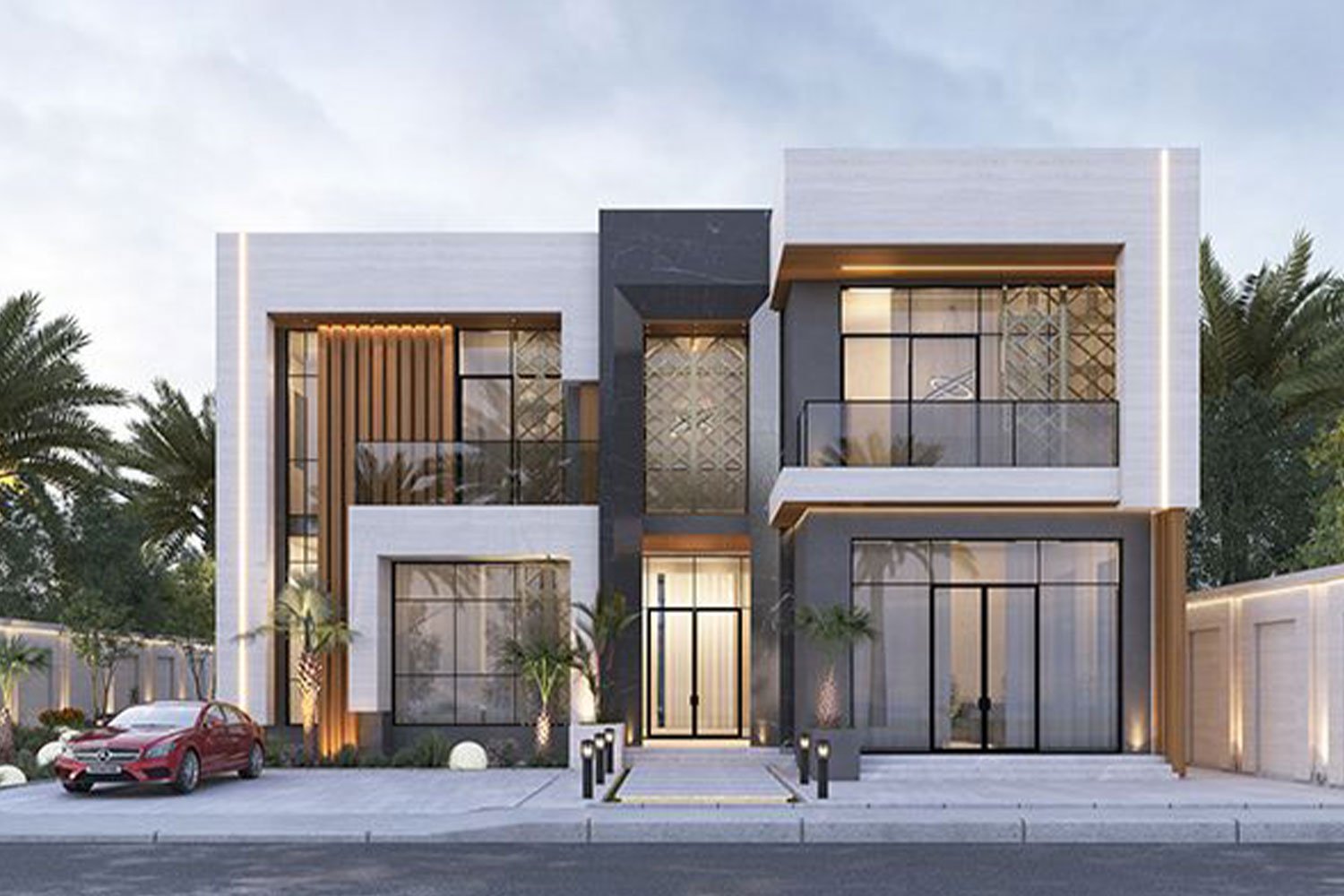In today’s technology-driven world, the concept of home renovation has evolved beyond aesthetics and structural changes. Smart home renovation is the new frontier, where technology and design converge to create a more efficient, comfortable, and secure living environment. Whether you’re looking to enhance convenience, improve energy efficiency, or increase the value of your property, integrating smart technology into your renovation plans can make a significant difference. In this comprehensive guide, we’ll explore the key aspects of smart home renovation and how you can transform your living space into a modern, intelligent home.
1. Planning Your Smart Home Renovation: Setting the Foundation
Before diving into the specifics of smart home technology, it’s crucial to start with a well-thought-out plan. Understanding your needs, budget, and the scope of the renovation will help you make informed decisions.
Steps to Consider:
- Assess Your Current Home: Identify areas where smart technology can add value, such as lighting, security, heating, and entertainment.
- Set a Budget: Determine how much you’re willing to invest in smart home upgrades. Keep in mind that some technologies may have a higher upfront cost but offer long-term savings.
- Choose a Reliable Contractor: Look for contractors or renovation experts who have experience with smart home systems. Their expertise will ensure that the technology is seamlessly integrated into your home.
2. Smart Lighting Solutions: Enhancing Ambiance and Efficiency
Lighting is one of the most impactful elements of a home, and smart lighting systems offer unparalleled control and customization. From adjusting the brightness to changing the color temperature, smart lighting can transform the mood of any room.
Key Features:
- Voice and App Control: Use voice commands or a smartphone app to control your lighting. This allows you to adjust lights from anywhere, whether you’re at home or away.
- Automated Schedules: Set lighting schedules that align with your daily routine, such as dimming the lights in the evening or turning them on as you wake up.
- Energy Efficiency: Smart lighting systems often include energy-saving features, such as motion sensors and timers, which help reduce electricity consumption.
3. Smart Security Systems: Protecting Your Home with Technology
Home security is a top priority for homeowners, and smart security systems offer advanced features that traditional systems simply can’t match. With smart cameras, doorbells, and locks, you can monitor and control your home’s security from anywhere.
Key Features:
- Video Doorbells: See and speak to visitors at your door via a video doorbell, even when you’re not home. Some models include motion detection and recording features.
- Smart Locks: Eliminate the need for physical keys with smart locks that can be controlled via a smartphone app. Grant temporary access to guests or service providers with ease.
- Security Cameras: Install smart cameras that offer live streaming, night vision, and motion detection. These cameras can be integrated with other smart devices for a comprehensive security system.
4. Smart Heating and Cooling: Comfort Meets Energy Efficiency
Heating and cooling account for a significant portion of household energy use. Smart thermostats and climate control systems allow you to optimize your home’s temperature while minimizing energy consumption.
Key Features:
- Smart Thermostats: These devices learn your preferences over time and adjust the temperature accordingly. You can also control them remotely via a smartphone app.
- Zoned Heating/Cooling: Divide your home into different zones with individual temperature controls, ensuring that each room is heated or cooled according to its use and occupancy.
- Energy Monitoring: Track your energy usage in real-time and receive tips on how to improve efficiency and reduce costs.
5. Smart Kitchens: Elevating the Heart of Your Home
The kitchen is often considered the heart of the home, and smart technology can make it more functional and enjoyable. From smart appliances to voice-activated assistants, there are numerous ways to upgrade your kitchen.
Key Features:
- Smart Appliances: Invest in smart refrigerators, ovens, and dishwashers that offer features like remote control, automated cooking, and energy monitoring.
- Voice-Activated Assistants: Use devices like Amazon Alexa or Google Assistant to set timers, find recipes, or control other smart devices in your kitchen.
- Smart Lighting: Install under-cabinet lighting that can be adjusted for brightness and color, enhancing both the functionality and ambiance of your kitchen.
6. Entertainment and Connectivity: Creating a Smart Home Experience
A smart home is not complete without an integrated entertainment and connectivity system. From streaming music and movies to managing all your smart devices, a well-designed system enhances your home experience.
Key Features:
- Smart Speakers: Use smart speakers for music, news, and controlling other smart devices. They can be integrated into multiple rooms for a seamless audio experience.
- Smart TVs: Enjoy streaming services, internet browsing, and voice control with a smart TV. Some models also integrate with other smart home systems.
- Home Automation Hubs: Centralize control of all your smart devices with a home automation hub, making it easier to manage everything from lighting to security.
7. The Future of Smart Homes: Preparing for What’s Next
Smart home technology is constantly evolving, with new innovations emerging regularly. Future-proofing your renovation by choosing adaptable and upgradeable systems will ensure that your home remains cutting-edge for years to come.
Key Considerations:
- Compatibility: Choose smart devices and systems that are compatible with each other and can be easily integrated into your existing setup.
- Scalability: Opt for systems that can be expanded or upgraded as new technologies become available.
- Sustainability: Consider the environmental impact of your smart home renovation, choosing energy-efficient devices and sustainable materials where possible.
Conclusion
Smart home renovation is an exciting and rewarding process that goes beyond aesthetics. By integrating cutting-edge technology into your living space, you can create a home that is more comfortable, efficient, and secure. Whether you’re planning a full-scale renovation or just looking to make a few smart upgrades, the possibilities are endless. Embrace the future of living with a smart home renovation that transforms your space into a modern, intelligent haven.

